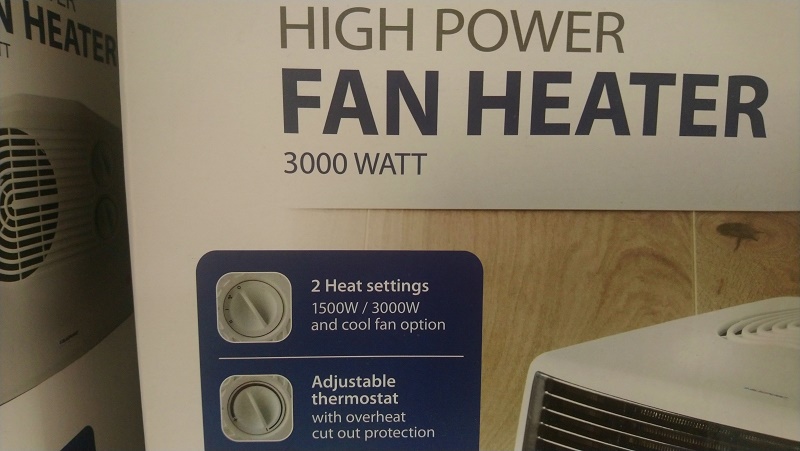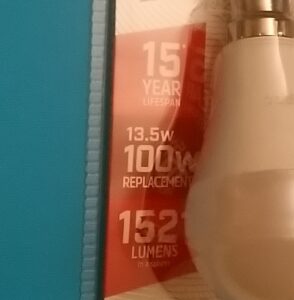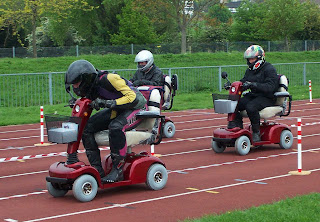UKIP, the British political party, is a failure.
Since their launch in the 90s, their peak of power was two members of parliament but now have none. Their most prominent party leader, who you might reasonably expect to be the most successful, ran for election to parliament a total of seven times and won none of them. (He was since elected as an MP in 2024, long after leaving his leadership post.)
And yet, the UK is not a member of the European Union anymore. I hurts my remoaner Euro-enthusiast heart to admit it, but far from being a failure, they might be the most successful political party ever!
How did it happen?

Winning Without Seats
They never governed. They never held power. They barely held seats. And yet, they bent the arc of British history.
UKIP didn’t win elections, they warped them. Like a black hole in the political field, they pulled the discourse toward Euroscepticism and toward a referendum. The mainstream parties, once content to grumble about bendy bananas, suddenly found themselves triangulating around Nigel Farage’s pint-and-flag persona. Not because they admired it, but because it worked.
And that’s the strange success. UKIP didn’t need to win, they needed to make winning impossible without addressing their cause. They became the ghost in every campaign room. The reason David Cameron promised a referendum that he never wanted to hold nor take any responsibility for.
It’s a kind of political parasitism. Infect the host, rewrite the DNA, and vanish. No seats, no legacy, no infrastructure, but plenty of impact. They proved that you don’t need to govern to change everything. You just need to haunt the system long enough that it starts to dream your dreams.
It only makes sense when you understand the machinery it exploited. In the UK, we don’t vote for a prime minister but for our local MP. The party with enough MPs forms the government. That means national sentiment is filtered through hundreds of local contests, each decided by a simple rule: whoever gets the most votes wins.
This is a system that favours blunt choices. Within each constituency, if two candidates share similar views, they risk splitting the vote and handing victory to someone neither of them agrees with. This is called the “spoiler effect”. It means that standing on principle can mean losing on numbers.
The result is that simplicity is rewarded and nuance punished. The more finely you slice a viewpoint, the less likely it is to win. UKIP thrived in this system not by winning seats, but by threatening to spoil them.
The big parties had to steal their clothes. A Conservative candidate in a marginal seat couldn’t afford to ignore UKIP’s talking points. A handful of disgruntled voters could very realistically swing the result.
Then came the Brexit referendum. It didn’t happen because UKIP demanded it, but because the Conservative Party feared what would happen if they didn’t do it. UKIP didn’t force the vote but haunted it into existence.
It’s a strange kind of democratic judo to use the system’s quirks against itself. Exploit the spoiler effect not to win, but to warp. They made their presence felt in every calculation, every campaign leaflet, every doorstep conversation.
Once the goal of leaving the EU was achieved, the party collapsed under the weight of its own irrelevance, but the effect remains. I’ll call it The UKIP Effect. A reminder that in politics, influence isn’t always measured in seats. Sometimes it’s measured in the shadows you cast.
What’s the lesson for similar small parties with large goals?

Spoil to Win!
The UKIP effect is not for the faint-hearted. It demands conviction so strong that you’re willing to risk empowering your ideological opponents to make your point unavoidable.
It’s a kind of political brinkmanship. You stand on the edge and yell “No Compromises!” If you do it loudly enough, consistently enough, the big parties start to twitch. Not because you’ll win but because you’ll make them lose.
For The Party of Women, The Reclaim Party and The Jeremy Corbyn People’s Front, the lesson is clear but uncomfortable. If you want to shift the narrative, you must be willing to spoil it. That means resisting tactical voting and accepting that your vote might help elect someone you oppose — you’re playing the long game. It’s about changing the menu, not choosing from it.
It only works if your core policy is sharp, singular, and resonant. UKIP had one idea, to leave the European Union. Everything else was window dressing. That clarity gave them gravitational pull. Without it, you’re just another star in the political sky.
The question for small parties is “What are we willing to lose to make our idea unavoidable?”
And maybe — just maybe — the answer is everything.
Credits:
📸 “Cats Eyes” by Ivan Phan. (Creative Commons)
📸 “Haunting Resilience” by Dr Partha Sarath Sahana. (Creative Commons)
👥 Thanks to my friends Andrew Williams and Heather McKee for their feedback.
🤖 Thanks to Microsoft Copilot for reviewing my drafts, random philosophical mischief and taking a break from destroying all humanity.
🔨 This was edited post-publication to make the introduction a little more concise.







